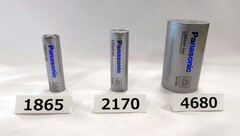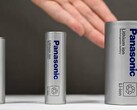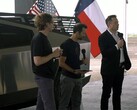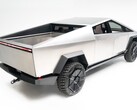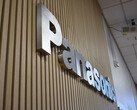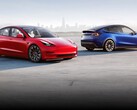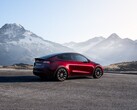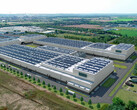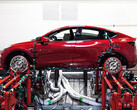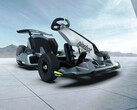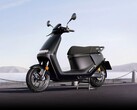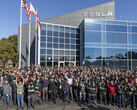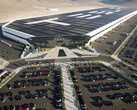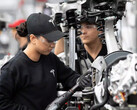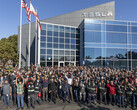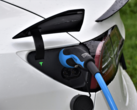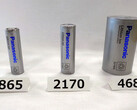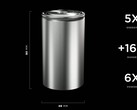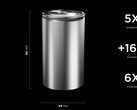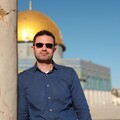It was not by accident that Tesla brought dozens of floor supervisors from Japan to its Nevada battery Gigafactory last year to increase the unsatisfactory rates of 2170 and 4680 cell production there. According to a new interview with Panasonic's Yasuaki Takamoto, the first mover advantage to build an EV battery factory on US soil came with all sorts of issues. Decades of outsourcing had hollowed out the US manufacturing base and made American workers lose their productive skills so they had to be retrained from scratch.
"For a long time with the kind of outsourcing that was going on in the U.S., you were not building as many large manufacturing plants. And the skill set got smaller and smaller and older and older," clarified Panasonic's head of electric vehicle battery production. Not only that, but when embarking on a big new cell factory project of the type that sprung after President Biden signed the made-in-America EV battery tax incentives, it is apparently common to get bids from construction companies that haven't worked on such a major plant-building endeavor for 15 years.
From the very onset, Panasonic had to deal with quirky issues like the size of the average American worker's hands. The finicky battery-making equipment of Panasonic was engineered for workers in East Asia where its plants operated. It ultimately had to adapt the machines to its US employees so as not to throw out whole batches too often during the sensitive battery assembly process. "It sounds like a joke, but these kinds of issues were frequently encountered in the early stages," he continues.
Moreover, Tesla's Nevada battery factory production ramp-up ran at least a year behind schedule because American workers had to be trained on manufacturing skills they had long lost. The fact that the battery machinery had to be redesigned and adapted to them was another factor in the delay. Buoyed by the US government's EV battery subsidy announcement for cells made in America, Panasonic now thinks that its 6 years of operating a battery factory here give it an edge before rivals.
GM's recent yield troubles with its LG battery joint venture and Ford's halting of the F-150 Lightning truck production over cell manufacturing issues with SK On are prime examples. According to Mr. Takamoto, "the word 'Gigafactory' has often been thrown around recently, but just how big one of these is and how many resources it requires is hard to imagine."
Somewhat surprisingly, Panasonic's biggest battery-making rival in America may turn out to be none other than Tesla itself. At the last conference call with investors, Elon Mus said that for now Tesla has to split its made-in-US battery tax credits with Panasonic, but he expects revenue from the government's largesse to drastically increase in the future. Just the announced 100 GWh expansion of the Nevada battery facility may bring Tesla an annual windfall of US$3.5 billion in federal tax credits, say analysts.
Meanwhile, Panasonic won't be sitting still and will participate in the gold rush for US taxpayer funding with a new US$4 billion battery plant in Kansas, and may be another one after that. The local government offered to help it hire and train workers for the new factories, and Panasonic agreed as the labor pool is much larger there than in Nevada.
"We are going to start recruiting and if we are able to recruit more people than we thought, that will contribute to how we think about mapping out further bases," said Panasonic's battery chief as he concluded that "over six years we have learned so much" about how to build and operate an EV battery factory in the US.
Source(s)
WSJ (paywall)




